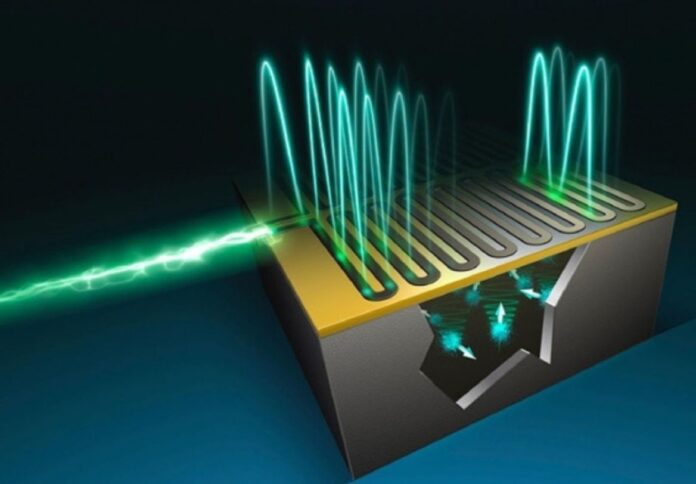
Engineers at UNSW Sydney have developed a new electron spin-measuring device that could help scientists understand the structure and purpose of materials better.
Associate Professor Jarryd Pla and Scientia Professor Andrea Morello, along with a team from UNSW School of Electrical Engineering and Telecommunications, published a paper in the journal Science Advances describing a spin resonance spectrometer that can measure electron spins in materials with high precision.
“The spin of an electron – whether it points up or down – is a fundamental property of nature,” Pla said. “It is used in magnetic hard disks to store information, MRI machines use the spins of water molecules to create images of the inside of our bodies, and spins are even being used to build quantum computers.
In the paper, the team said the newly developed spectrometer is about a million times more sensitive than a commercially produced one, which could allow the measurement of microscopic samples, two-dimensional materials, and high-quality solar cells, which have too few spins to create a measurable signal.
“If this new technology was properly developed, it could help chemists, biologists and medical researchers, who currently rely on tools made by these large tech companies that work, but which could do something orders of magnitude better,” Pla said.
Researchers in the project said the breakthrough came to them almost by chance as they were developing a quantum memory element for a superconducting quantum computer.
“We noticed that while the device didn’t quite work as planned as a memory element, it was extremely good at measuring the spin ensemble,” said Wyatt Vine, a lead author on the study.
“We found that by sending microwave power into the device as the spins emitted their signals, we could amplify the signals before they left the device. What’s more, this amplification could be performed with very little added noise, almost reaching the limit set by quantum mechanics,” Vine added.
The UNSW team has patented the technology, Pla said, also noting plans to commercialise the product.



















